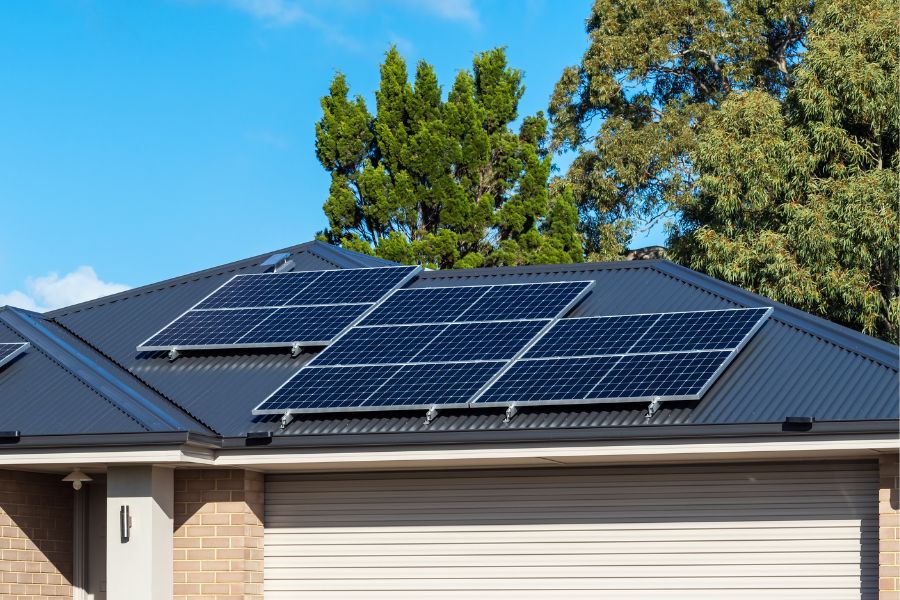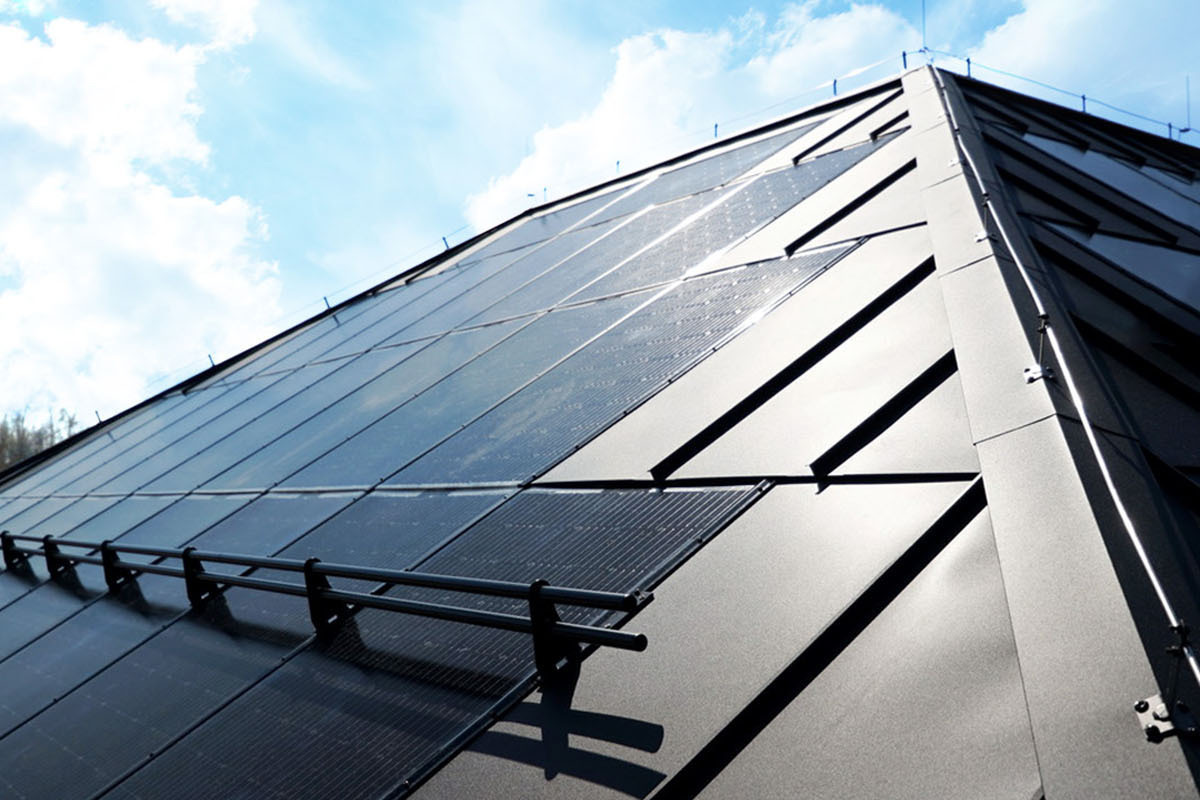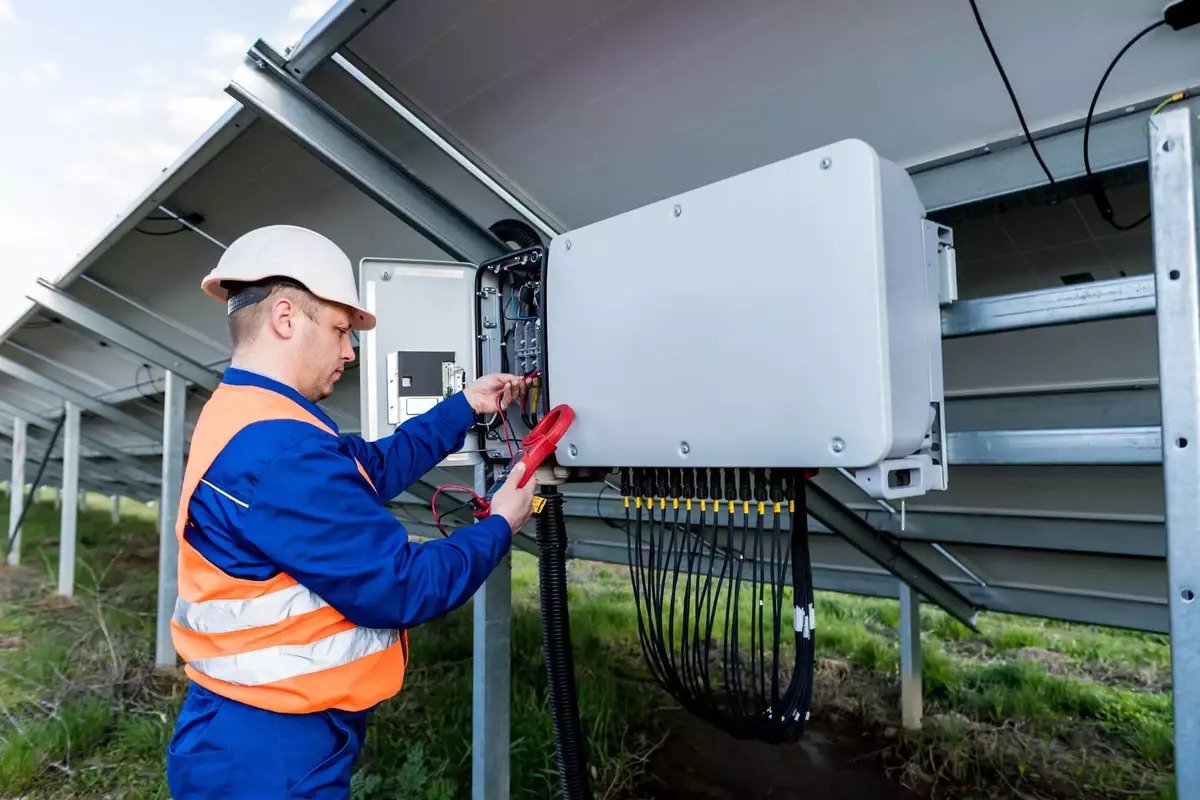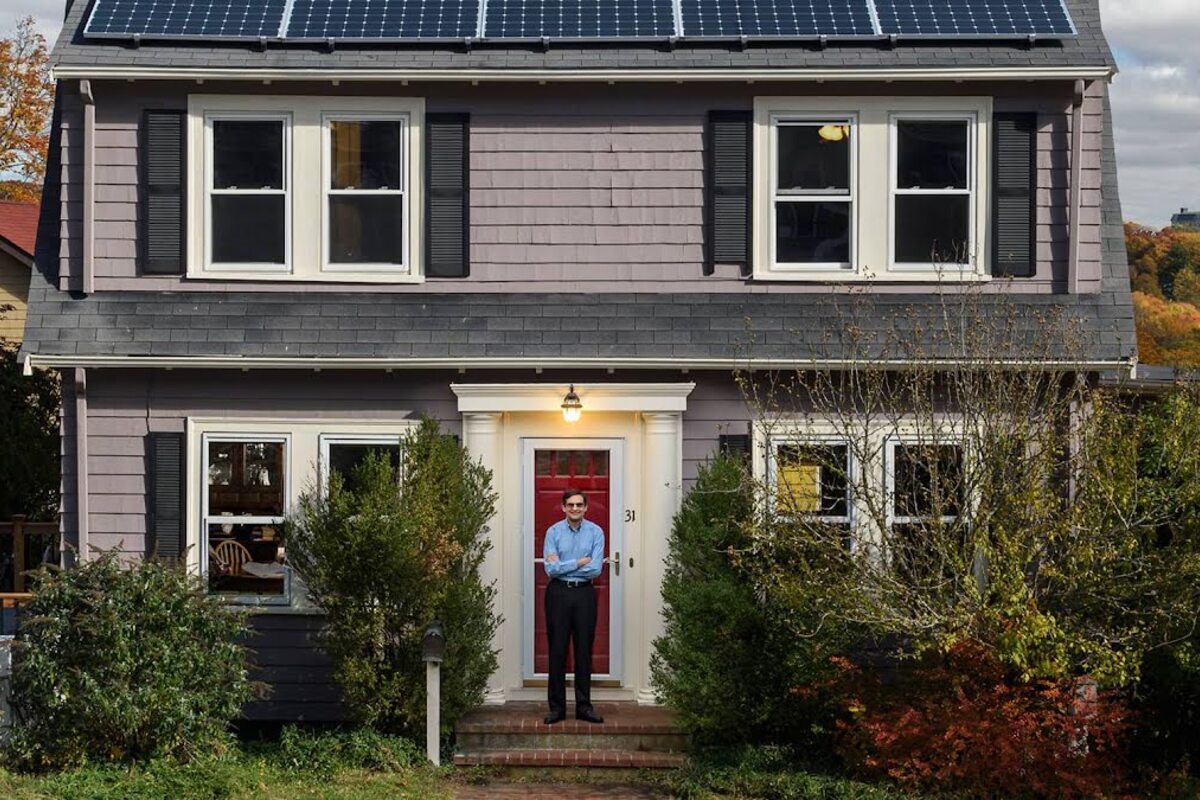In a world where environmental concerns are gaining increasing prominence, solar panels have become increasingly popular as they harness the sun’s power. This provides an eco-friendly and cost-effective way to generate electricity.
When switching to solar energy, one of the fundamental questions that might come to mind is, “How many panels do I need for a 4kW solar system?” A typical 4kW system will generate between 3,000 and 3,400 kWh of electricity annually…



